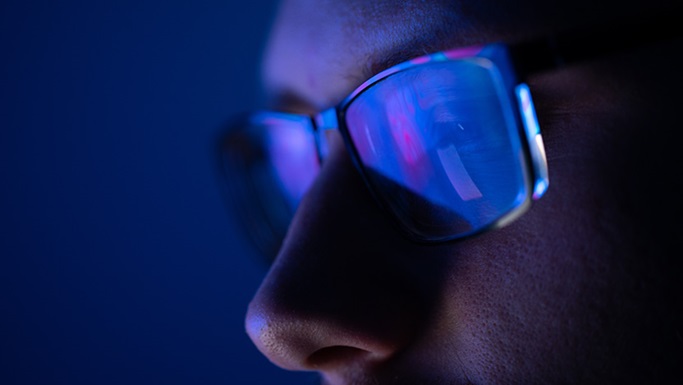When should your child get an eye exam?
It is recommended for your child to get a comprehensive eye exam when he/she is 4-5 years old or even earlier if they are able to start talking. Also, your child should have a regular eye exam annually.
Why is it important for your child to get an eye exam early
It is important for your child to get an eye exam early as vision impacts your child’s quality of life and education. Studies have shown that 80% of the learning occurs through vision.
Having no complain from your child does not mean they do not have any eye condition. Most young children can’t tell if they experience blurry vision unless you test them.
Even though your child gets vision screening when they start school, it only assess your child’s distance vision. Vision screening is not the same as a comprehensive eye exam. Your child might pass the vision screening, but it does not mean that they do not have any eye conditions.
Also, eye exam help to detect any eye abnormalities early. There are eye conditions such as lazy eyes whereby the symptoms are not obvious, hence there is no complaint from your child.
The earlier an eye condition is detected, the higher the chance of success for treatment. Eg, children usually do not complain about blurry vision when they have lazy eyes. However, there is a critical period for treatment. If your child starts lazy eye treatment when he is older than 7 years old, the chances of success is lower.
Signs you should look out for
Your child might not complain of any symptoms. However, you can look out for signs such as:
- Squinting
- Frequent blinking
- Moving closer to television
- Rubbing their eyes
- Holding their reading materials closer
- One eye turning in / out / up / down

These signs can indicate that your child is experiencing blurry vision, itchy eyes or squint.
If you seen your child is doing any of the above, he/she will require a eye exam. Even if you do not see these signs in your child, it is still recommended to check their eyes early. Children eye exam can detect:
- Hyperopia, Myopia, Astigmatism
- Anisometropia
- Amblyopia (Lazy eye)
- Binocular vision disorders
- Eye health problems
Hyperopia 远视
Hyperopia, also known as far sightedness, allow clear distance vision but blur near vision.
Also, hyperopia can be a sign of pre-myopia. Knowing if your child is pre-myopic is important so measures can be done to delay the onset of myopia. Measures such as spending more than 2 hours per day on outdoor activities proves to be effective in slowing down onset of myopia.
The table below shows hyperopia at different age group which indicates pre-myopia.

Normally if the hyperopia is mild and your child is still young, no glasses will be needed. Glasses are needed if the hyperopia is severe and causing binocular vision problems which may lead to amblyopia (lazy eyes) .
Myopia 近视
Myopia, also known as near sightedness, allows clear near vision but blurry distance vision. You might notice your child squinting, moving closer to television or holding their book closer. This is because their distance vision is not sharp and are signs of myopia. If their myopia is high, their near vision will not be sharp too.
In addition, the rate of myopia progression is faster for younger children aged 6-7 years old. The earlier the onset of myopia, the faster the progression, the higher the myopia will be in the future.
The table below shows the higher the myopia, the higher the risk of developing eye complications:
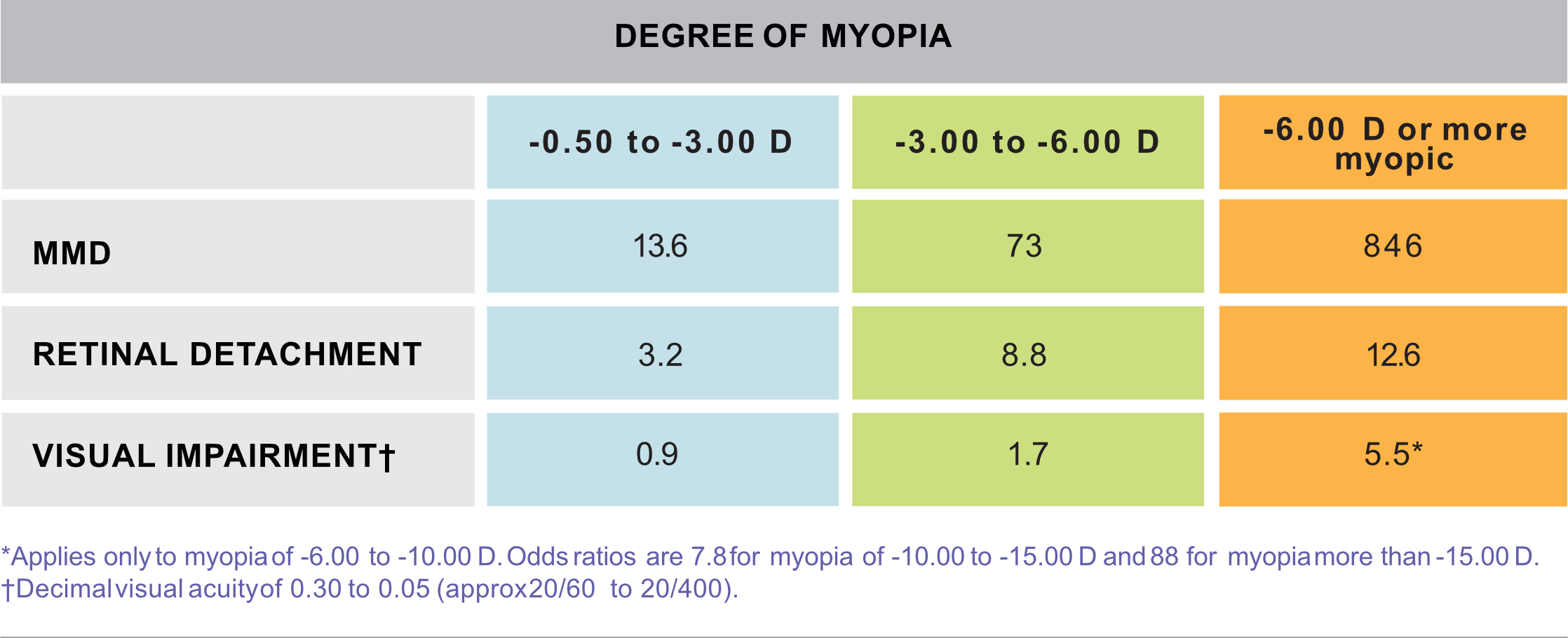
Hence, it is important to manage myopia early.
There are different ways to control myopia progression. The most common method is myopia control spectacle lenses, such as Hoya MiYOSMART, Stellest from Essilor and more. To find out more about myopia control methods, click here.
Astigmatism 散光
Astigmatism can cause blur and distorted vision. Your child can be born with astigmatism or acquired it later in life. In some children, astigmatism can keep progressing. It can be due to keratoconus, inverted eyelashes or eyelids.
Your child might not experience any symptoms depending on the axis of astigmatism. If the astigmatism is low, your child will experience more blurriness when the axis of the astigmatism is oblique (30-60 degree or 120-150 degree) as compared to regular astigmatism.
If you have family history of keratoconus, your child will have a higher risk of developing keratoconus. Intense rubbing of eyes can also cause keratoconus. Keratoconus will progress, inducing more astigmatism. Hence causing a more distorted vision for your child. Detecting keratoconus early allows early treatment to slow down the progression of keratoconus.
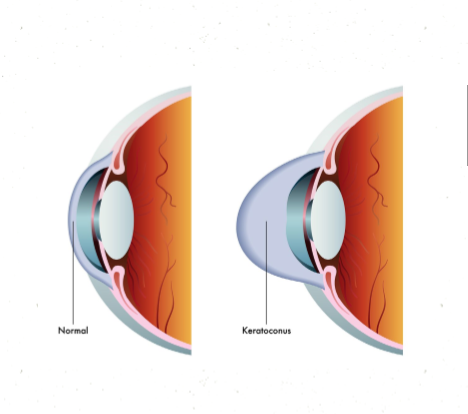
Anisometropia
Anisometropia is a condition whereby the degree of both eyes are different. Your child can have hyperopia (far-sightedness), myopia (near-sightedness) or astigmatism in just one eye.
Usually when your child gets refractive error only in one eye, they will not complain of any symptoms as they might just be using one eye. If not picked up, it might become lazy eye which will be more difficult to treat if your child is above 6.
Especially for children who have hyperopia or astigmatism in one eye, they have a higher chance of developing lazy eye as compared to children who are myopic in one eye.
When your child gets hyperopic or astigmatism only in one eye, they will be always using the ‘perfect’ eye to see distance and near. This will result in higher chance of getting lazy eye.
Children who are only myopic in one eye often goes undetected . They don’t have to squint to see clearly in the distance as they can use their perfect eye to see. If their myopic eye is not severe, they will use that eye to look at things up close. Your children may not get “lazy eye” in this situation . However, since they are not using both eyes together at the same time, their 3D vision is affected and this may affect how they perform academically.
Amblyopia (Lazy eye 懒惰眼)
Amblyopia, also known as lazy eye, is an eye condition whereby the visual acuity of one eye is poorer than the other. It usually only affect one eye. The weaker eye might look normal, however, it has poorer vision. Amblyopia typically occurs in infants or during early childhood.
It can be due to misalignment of the eye, high refractive errors (myopia, hyperopia and/or astigmatism), droopy eyelids or cataract.
Depending on the cause of the lazy eye, you might see signs such as eye turn or droopy eyelids. If your child has lazy eye, they might not have any complaints as when both eyes are opened, they are naturally using their better eye to see. With no complaints, you will usually assume that your child has no issues. Without proper treatment, the lazy eye will worsen and your child will missed the appropriate time for treatment.
Studies have shown that children younger than the age of 7 are more responsive to amblyopia treatment while children aged from 7 to 13 years old are less responsive (Holmes J.M. et al. 2011).
Hence, it is important for your child to get eye exam earlier. The earlier lazy eye is detected and treated, the higher the chances of success.

Binocular vision disorders
Binocular vision disorders is when both eyes cannot work together properly. Children with binocular vision problems may have problems focusing when reading. They might also complain of having headaches or double vision.
If your child have binocular vision disorder, they might get tired easily when doing reading / doing their homework. Their attention span will be shorter when doing near tasks. With proper treatment such as glasses, prisms or vision therapy, their visual and academic performance will improve .
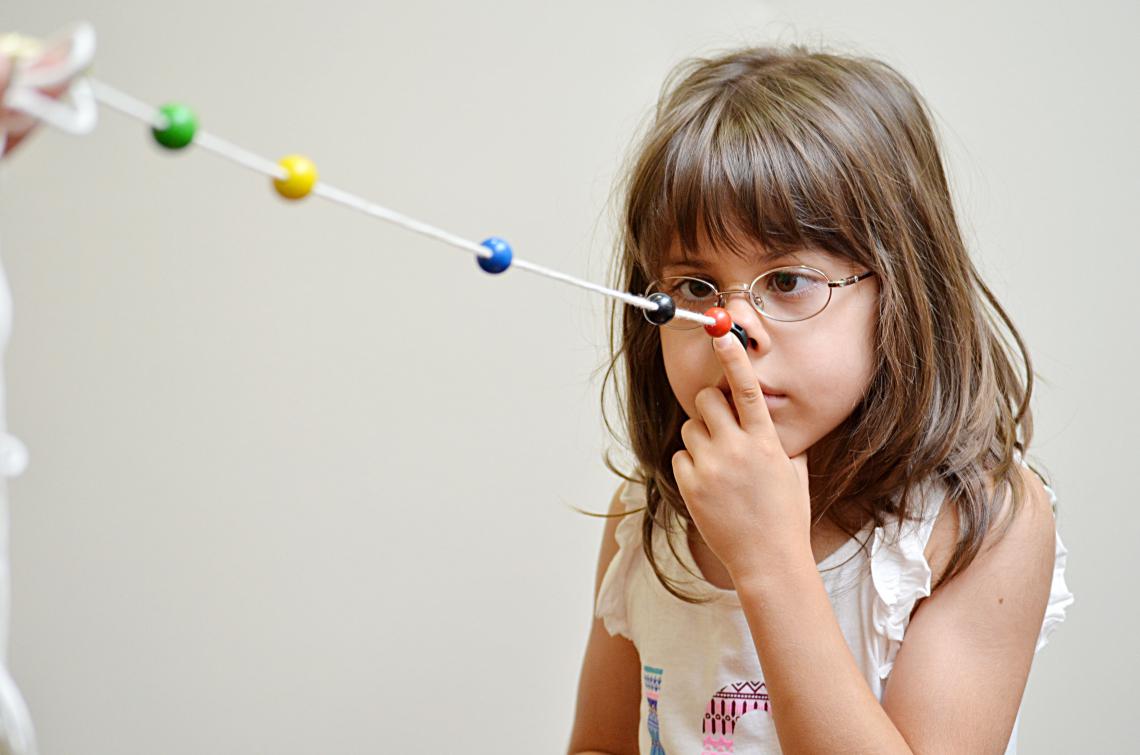
Eye health problems
Often see your child rubbing his eyes? This can be due to inverted eyelashes or his eyelid is turned in. Excessive rubbing of eyes and inverted eyelashes or lids can cause astigmatism and damages to the front part of the eye (cornea). In worse case, it can cause cornea ulcer which can lead to vision loss. By having an eye exam early can detect these problems and provide the necessary treatments early.
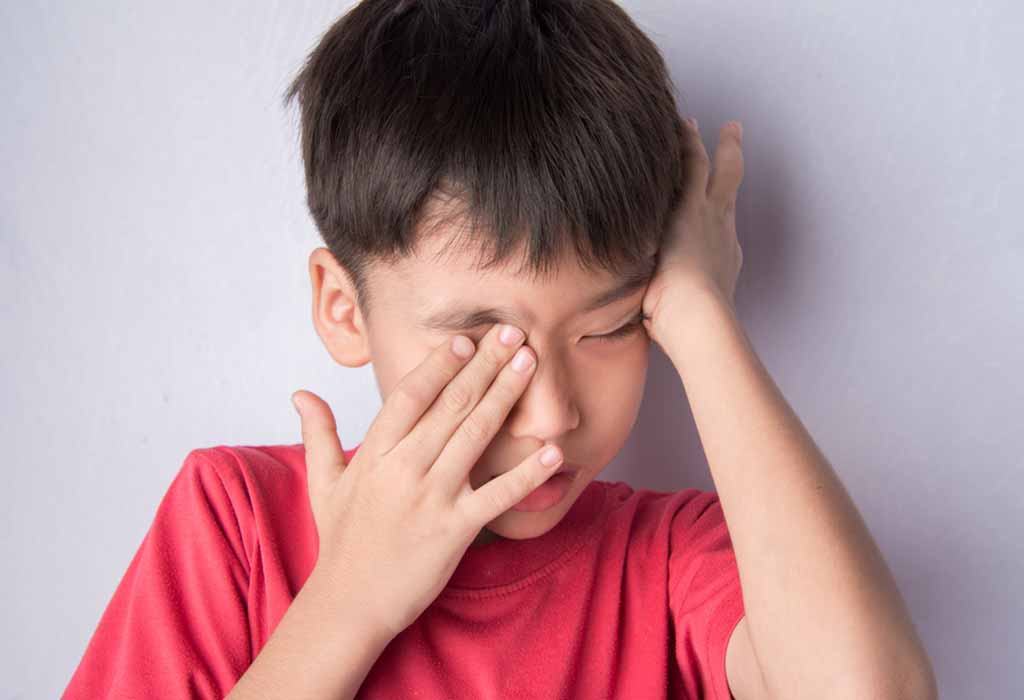
Children eye exam
Children below 8 years old will need to be tested by an optometrist. According to Optometrists and Opticians Board, opticians are not allowed to perform refraction or exam on children below 8 years old. If an optician advise that your child does not need eye exam until he is 8 years old, it is false. Some eye problem can affect your child’s vision for life. If your child wait till he is 8 before he check his eyes, he might missed out on treatments which needs to be done early to improve his vision.
Book an appointment with our optometrist or WhatsApp +6588461234 today for an eye exam for your child!
Written by JH Tan
Edited by Winston

